100 Years of the Tallest 100
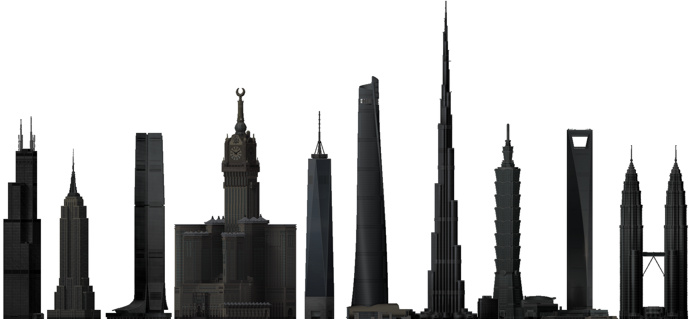
I love skyscrapers.
Steel, concrete, glass. Fast elevators. Views from high above the ground. Few things speak to the advancements of human society as loudly as these vertical castles. They shape the modern landscape and give identity to cities. Starting from a young age, I have been fascinated by the idea of living and working on a high floor. From time to time I managed to make the latter happen.
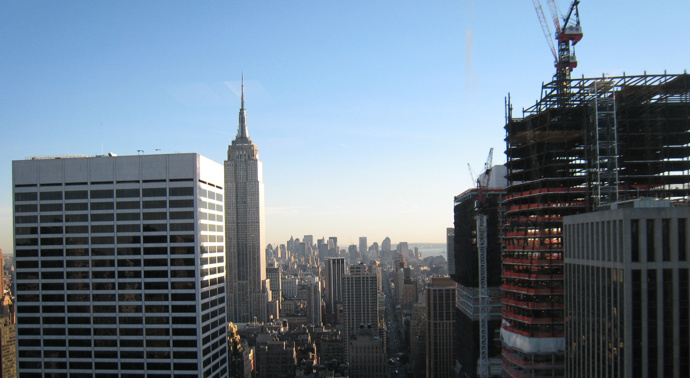
View from my former office in midtown Manhattan
Skyscrapers can also be an important part of travel. Before visiting a new city, I always check SkyscraperPage or SkyscraperCenter to get myself acquainted with the more unique features in its skyline. It’s a great experience to admire the modern architectures around the world. Where available, public observation decks atop some of these tall buildings make neat destinations. Additionally, the prominent visibility of skyscrapers can be helpful when navigating chaotic city streets. For example, it’s hard to get lost in New York City when you know how to triangulate with Empire State Building and Chrysler Building. For all these reasons, I regard skyscrapers to be right up there with palaces, temples, and amusement parks as things to look for on each trip.
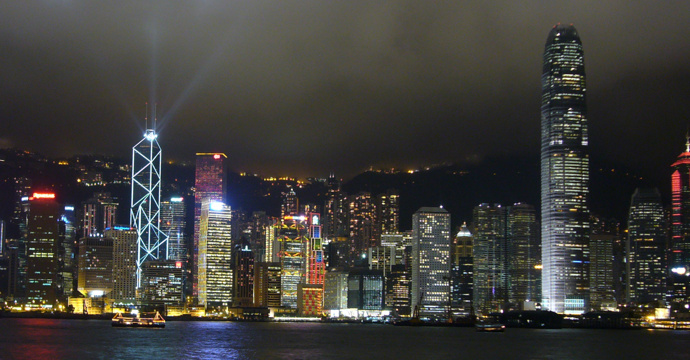
Hong Kong’s skyline with its nightly light show is among the city’s top tourist attractions
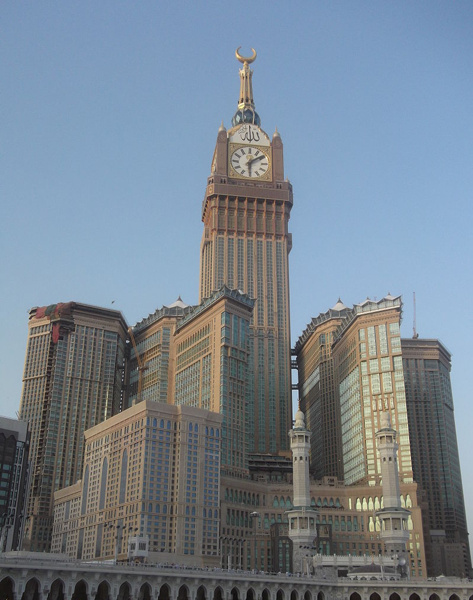
In the case of Mecca, the impressive Makkah Clock Tower is a main reason for my desire to visit the city
As a numbers guy, I enjoy the constantly evolving list of the world’s tallest buildings. I keep mental notes of where they are, what they look like, and when they were built. An observation that puzzled me was that these tall buildings were not exactly a global phenomenon. From memory, those who share my passion were historically concentrated in New York and Chicago, then the Pacific coast of Asia since the 90’s, and more recently on the Arabian Peninsula. South America and Africa never seemed to bother with the race to erect super tall buildings. More strangely, neither does Europe, the continent that exports some of the finest engineers and architects.
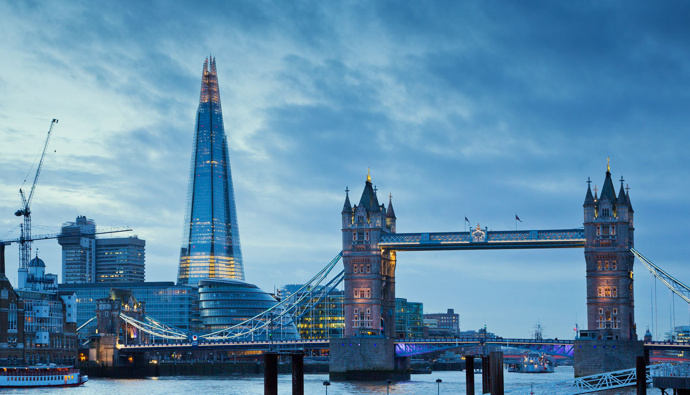
Fun fact: the Shard, the tallest building in the European Union (although not that tall world-wide), is owned by the state of Qatar
I began to wonder what the world’s tallest list looked like, at different points in history. I gathered data on the world’s skyscrapers (either built or under construction), and put the list of 4,400+ into my favorite spreadsheet. Here’s what I found:
For a long time, nearly all of the skyscrapers were in the United States. Starting in the 80s, the world started to adopt construction technologies at an exponential rate (I’d like to think that my love for cement trucks as a boy inspired the world). China now holds over a third of all buildings over 150 meters, twice as many as those in the U.S..
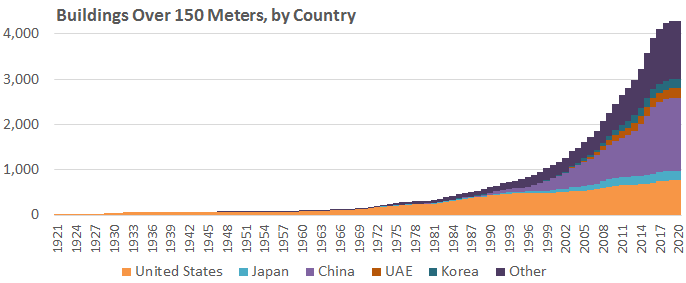
Of course, the countries that have the most land are likely to also have the most of other things. It really shouldn’t be surprising that US/China are way above others. What if we examine the data at the city level? New York, the city of King Kong, dominated this space for the majority of the skyscraper history. Empire State stood as the world’s tallest for 40 years, a record that I don’t believe will ever be surpassed. However, Hong Kong presently takes crown as the most vertical city. Its boom in the 90s is incredible… just imagine how many cranes must have been in the sky at the same time!
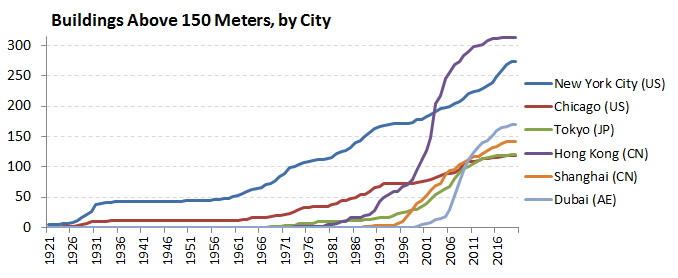
Next up, we look at the list of really tall ones. Filtering for those that stand above the Eiffel Tower (which is not a building), the graph updates to the follows. Dubai now has more buildings over 300 meters than the next several cities combined. Its Burj Khalifa standing at 828 meters is indeed incredible, but the Marina district with an average height around 400 meters is even more fascinating. The Big Apple continues to hold the second place in this category, and you gotta admire that.
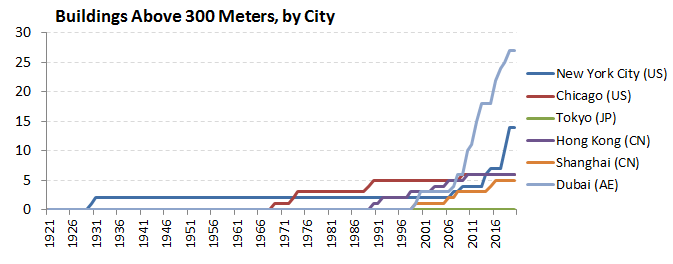
Finally, I mapped the world’s tallest 100 buildings as of each year from 1921 to 2020, and created the following animated GIF. Note that:
- Large red pins represent the tallest 10 at a given point in time. Dark pink are the 11th to 20th, medium pink are the 21st to 30th, and light pink are the 31st to 100th
- Pins disappear over time as they no longer make it to the tallest 100 list (the actual buildings remain in place)
- Complete data were only available for buildings at or above 150 meters, so this list had fewer than 100 data points until 1963
- Data only include buildings still standing today, i.e. the Twin Towers and anything that may have been demolished did not make it to the list
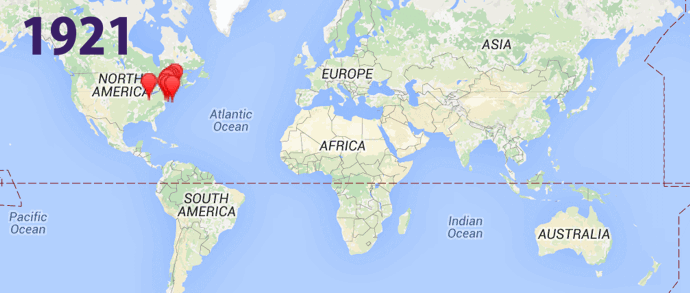
6mb image – may take a while to load
It’s only been twelve years since the world had its first 500-meter building, and yet a 1-kilometer building is already on its way to becoming reality in Jeddah, Saudi Arabia. It’s exciting to see what the future holds, and wonder about the new, cool structures that we’ll get to witness in our travels.
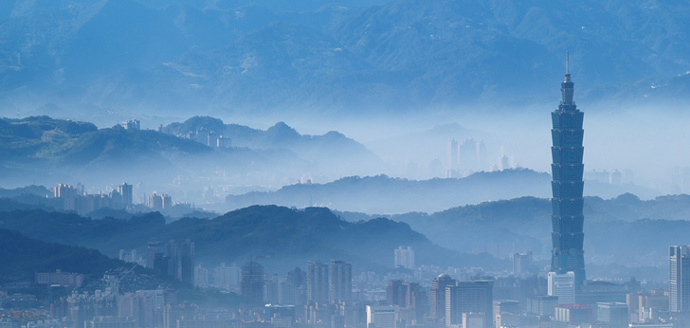
Taipei 101, a prominent symbol of my home town
Credits: SkyscraperCenter for the data, and Google Maps API for the mapping capability.
One Comment
Comments are closed.